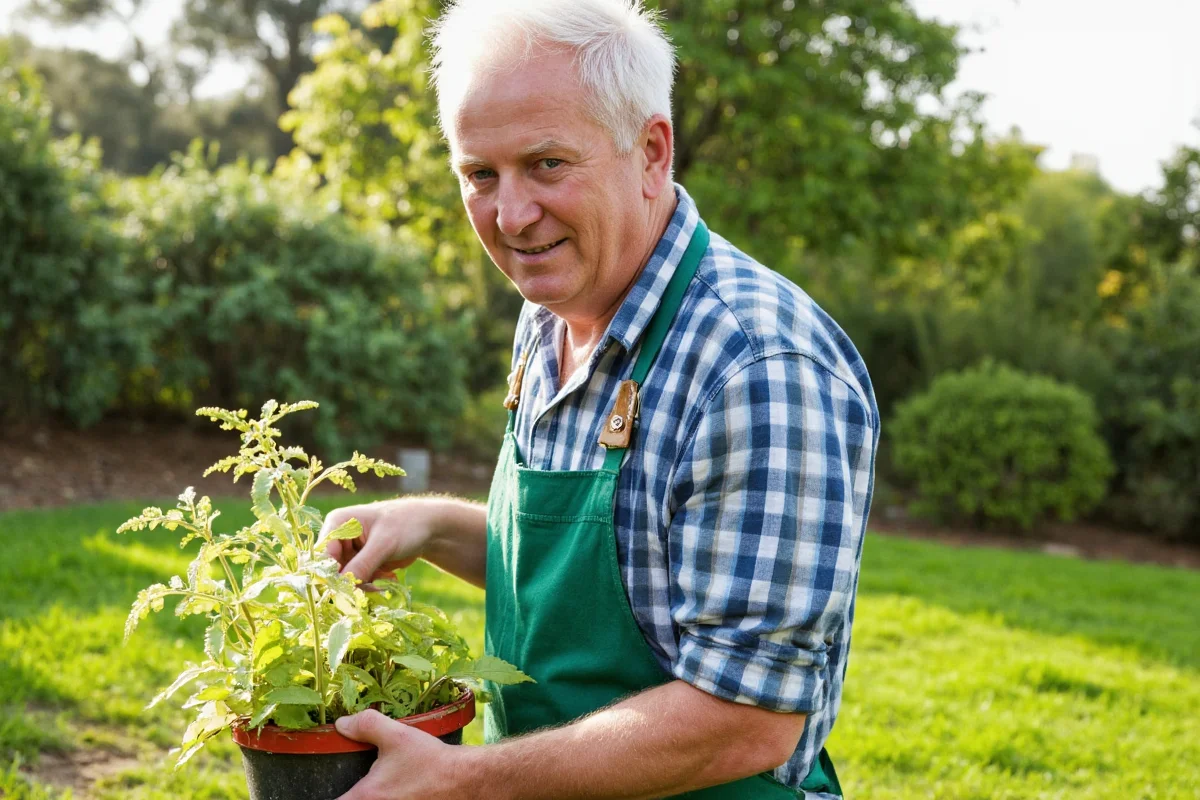Light is a crucial component for plant growth and understanding its dynamics can greatly enhance your gardening success. This article breaks down the essentials of light requirements for plants, exploring various sources, the effects of different light levels, measuring tools, and tips for optimizing light in your garden. Let’s dive into the enlightening world of plant light!
The Importance of Light for Plant Growth
Plants rely on light for photosynthesis, a process through which they create their own food. Sunlight is the primary source of this energy. Without adequate light, plants can suffer from stunted growth or even die. Here’s why light is vital:- Photosynthesis: Light provides the energy needed for plants to convert carbon dioxide and water into glucose and oxygen.
- Growth Regulation: Light influences the growth patterns of plants, affecting their size, structure, and flowering cycles.
- Health Maintenance: Proper light exposure helps maintain plant health by supporting robust development and immune function.
Natural vs. Artificial Light
Plants can thrive under both natural and artificial light, each with its own advantages and limitations:| Aspect | Natural Light | Artificial Light |
|---|---|---|
| Source | Sunlight | LEDs, Fluorescents, etc. |
| Pros | Free, full-spectrum, changes naturally with seasons | Customizable intensity and spectrum, allows for indoor gardening |
| Cons | Seasonal variation, limited availability indoors | Costly setup, requires energy consumption |
Light Intensity and Duration: How Much Do Plants Need?
The amount of light plants require can vary widely based on the species and growth stage. Here's how to assess their needs:- Light Intensity: Measured in lux or foot-candles, plant species have specific light intensity requirements. Too little light results in poor growth, while too much can cause leaf damage.
- Light Duration: The number of hours light is received is just as vital as its intensity. Plants are generally classified into short-day, long-day, or day-neutral categories based on their light requirements.
Tools for Measuring Light Intensity
Measuring light intensity is crucial for ensuring your plants get the right amount of light, and various tools can help:- Light Meters: Devices that measure light intensity in your garden or indoor space, helping you ascertain if plants are getting enough light.
- Phone Apps: Many smartphone applications can provide approximate light readings, making it easy to check light availability on the go.
Tips for Optimizing Light in Your Garden
Providing the right light conditions boosts plant vigor and productivity. Consider these strategies for optimizing light exposure:- Garden Design: Plan your garden layout with light in mind, placing sun-loving plants where they receive maximum exposure, and shading those that prefer lower light.
- Reflective Surfaces: Use reflective materials to maximize light distribution in darker areas of your garden, enhancing light availability for shaded plants.
- Pruning: Regularly trim plants to prevent them from shading each other, ensuring equal light distribution across all plant surfaces.
Understanding and managing light is fundamental to successful plant growth. By paying attention to the type, intensity, and duration of light, you can significantly improve the health and yield of your plants, whether they are in a garden or an indoor setup. With the right tools and strategies, you've got the key to thriving, verdant plants!











 浙公网安备
33010002000092号
浙公网安备
33010002000092号 浙B2-20120091-4
浙B2-20120091-4